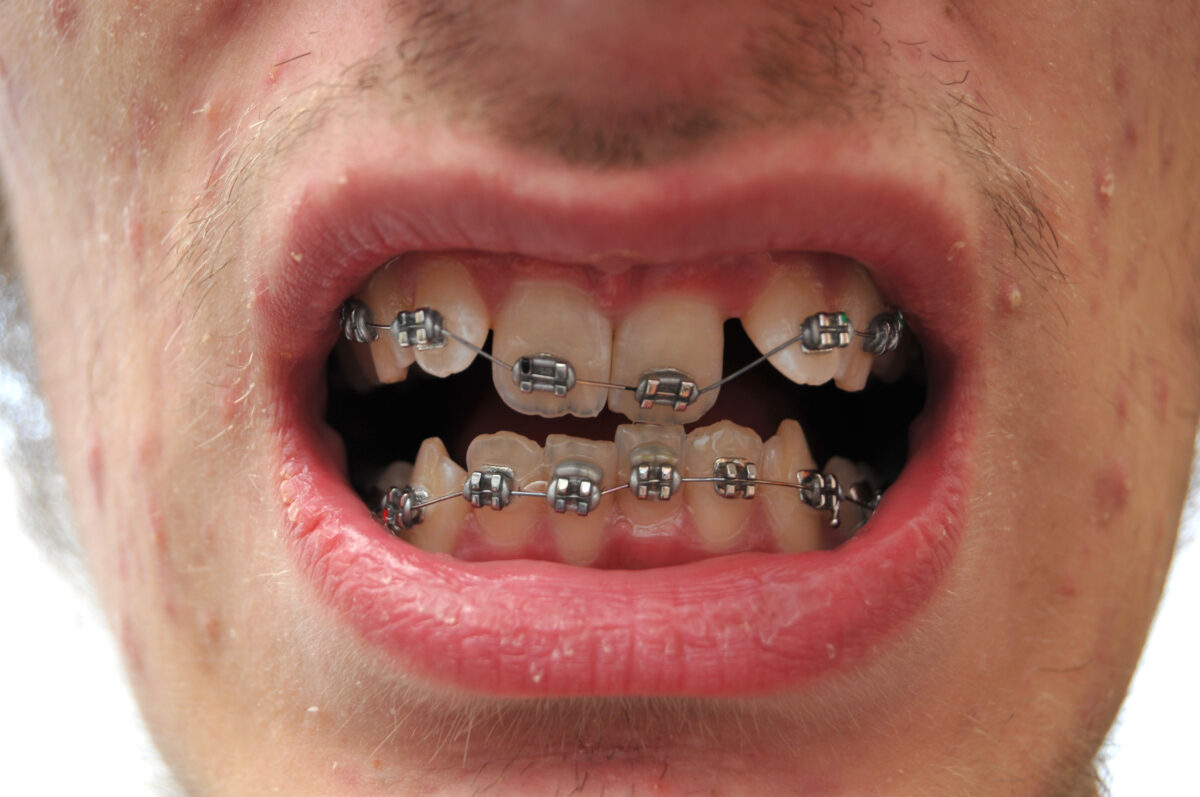3 Types of Dental Ridges and Grooves

Do your teeth have a texture that is far from perfectly smooth? While no one’s teeth are naturally perfect, ridges and grooves may make you feel uncomfortable smiling. If you have one of these common oral issues, take a look at what you need to know about ridges, grooves, and dental restoration options.
Mamelons on the Tops of Teeth
These ridges are rounded bumps at the top part (outermost edge) of a tooth. The bumps create a scalloped type of wavy look that is noticeably different from the typically straight tooth edge. Mamelons appear on the incisors of either primary or permanent teeth as they break through the gums. While adults may have these bumps, it’s more likely that children would have mamelons.
Even though these ridge-like bumps are part of the tooth, they may wear away on their own. This means that mamelons may not require treatment. As a child uses the teeth to tear into food and chew, mamelons may wear away. But this won’t always happen—especially if the teeth aren’t aligned correctly. Misalignment makes it difficult for the affected teeth to come into contact with other teeth. This reduces the effects of chewing and makes mamelons permanent.
There are dental treatments to remove mamelons. If you still have these curves, procedures such as cosmetic contouring, tooth reshaping, or tooth shaving can help. Dental veneers can also correct misshapen teeth with mamelons. These are permanent covers that require the dentist to grind down the existing enamel. The dentist will then place the veneer, completely covering the existing tooth.
Craze Lines on the Front of Teeth
These lines are small, vertical cracks that can appear on the front of your teeth. Unlike injury-related cracks, craze lines usually aren’t painful and only affect the outer layer of enamel. This means the underlying dentin and nerve are left intact.
The ridge-like vertical lines can happen if you grind your teeth (bruxism), from malocclusion-related wear and tear, from poor chewing habits, or from eating/drinking foods or beverages that cause rapid temperature changes in your mouth. Frozen foods may also cause damage-related craze lines.
While craze lines won’t cause dental health issues, they will affect your mouth’s aesthetics. If the look of the lines makes you uncomfortable, treatment options include the tooth-colored filling material (resin bonding), dental crowns, dental veneers, and in-office whitening procedures.
Enamel Hypoplasia on the Surface of the Teeth
This oral issue is a defect in the outermost surface of the tooth (the enamel) that can cause grooves, pits, or even white spots. Hypoplasia starts when the teeth are forming before birth and can impact primary and permanent teeth.
One of the most common causes of enamel hypoplasia is a congenital condition known as amelogenesis imperfecta. This is something you are born with and is passed down in families. Some people also experience this pitting or grooved tooth disorder as the result of other hereditary syndromes. These include the following:
- Seckel syndrome
- Usher syndrome
- Treacher Collins syndrome
- Otodental syndrome
- Ellis-van Creveld syndrome
Prenatal factors such as maternal vitamin D deficiency, maternal weight gain, maternal drug use, maternal smoking, or low birth weight may also lead to enamel hypoplasia. Trauma to the teeth, infection, calcium deficiency, vitamin deficiency, liver disease, celiac disease, and cerebral palsy during infancy may also lead to this dental disorder.
Common corrective treatments used to eliminate grooves and ridges or discoloration include resin-bonded sealants, resin-based composite fillings, crowns, enamel microabrasion, or dental office whitening procedures.
Do you want to learn more about the ways a dentist can help to correct ridges, curves, grooves, pits, or other similar issues? Contact Accent Dental for more information.

